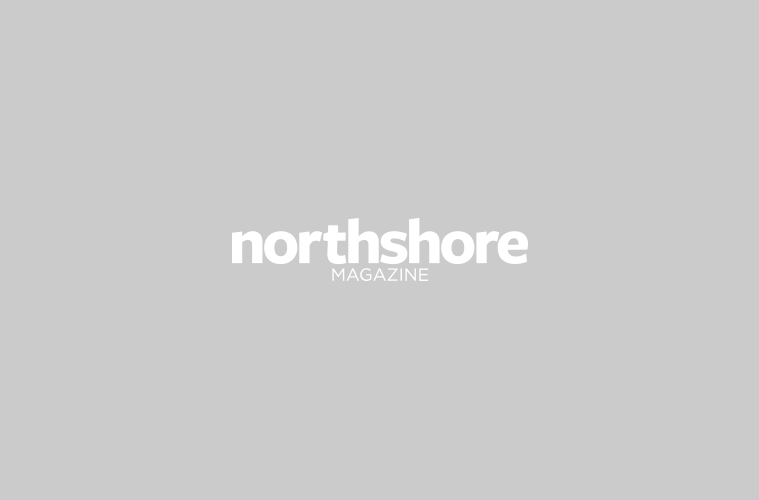The Harvard Art Museum recently opened a new special exhibition showcasing a “lost” 18th-century teaching cabinet at Harvard. The cabinet’s extraordinary collection and rooms, known as the Philosophy Chamber, thrived as a center of artistic and intellectual life in greater New England from 1766 to 1820. Alumni, merchants, and scholars contributed a steady stream of artifacts, natural specimens, and works of art from abroad. It was the only repository of its kind in New England when it was established, and was deeply connected to the network and ideology of other teaching cabinets in Europe, the US, and South America.
These teaching cabinets were offspring of the 17th-century Wunderkammer, and ultimately foreshadowed the beginnings of the modern museum. After more than 50 years of existence (and even surviving a move to Concord during the Revolutionary War), the chamber’s collection was disbanded to various locations at the college to make space for the library. Some objects have only recently been discovered.
Entitled The Philosophy Chamber: Art and Science in Harvard’s Teaching Cabinet, 1766–1820, this exhibition reunites objects from the cabinet (many of which haven’t been seen in almost 200 years); and opens a window into an important and forgotten chapter in early American history.
The exhibition features more than 100 works displayed in four thematic sections, including a loose reconstruction of the Philosophy Chamber itself. Included are full-length portraits by John Singleton Copley; exceptional examples of Native Hawaiian feather work and carving by indigenous artists of the Northwest Coast; a dazzling, large-scale orrery (a model of the solar system) by Joseph Pope; mezzotints after the work of expatriate American artists; and Stephen Sewall’s mural-sized copy of the Wampanoag inscription on the landmark known as Dighton Rock, an 11-foot boulder located in Berkley, Massachusetts. The objects are drawn from a number of private, academic, and public collections in the United States and the United Kingdom, including from the following collections at Harvard University: the Collection of Historical Scientific Instruments, Harvard Art Museums, the Harvard Map Collection, Harvard University Archives, Houghton Library, the Mineralogical and Geological Museum, the Museum of Comparative Zoology, the Peabody Museum of Archaeology & Ethnology, and the Warren Anatomical Museum.
The exhibition opened to the public on May 19 and is on view at the museum until December 31. It will then travel to The Hunterian at the University in Glasgow, Scotland, next spring.

